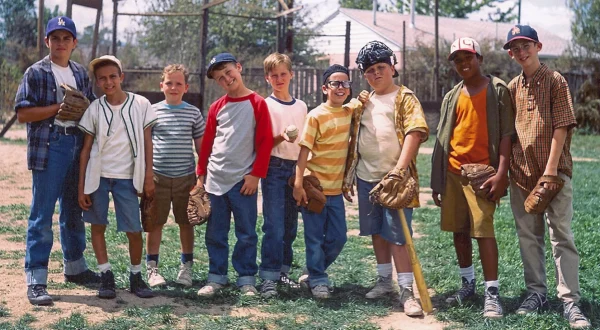Inequality in the locker room
It’s tough being a female, especially in the workroom.
It’s difficult to say that any field is perfectly — even decently — equal when it comes to gender.
Although some workrooms have improved in this area, a majority of jobs are still gender segregated.
Many would say nurses and librarians are generally female, and engineers, auto mechanics, and sports reporters are male. The few exceptions, especially female sport journalists, must undoubtedly receive a few double takes.
Inez Sainz, reporter for Mexico’s TV Azteca, was on the field of a New York Jets practice Saturday, Sept. 11, to do a story on quarterback Mark Sanchez. What she received was a little more than some good quotes.
A Jets coach tossed some footballs at her during practice, and the players called out to her when she was in the locker room, though there are no confirmed reports of any touching or anything of that nature.
Some said that Sainz, clad in a rather tight white blouse and skin-tight jeans, deserved the taunts and attention. But what she was wearing shouldn’t matter.She shouldn’t have been harrassed at all.
Yes, it may have been a poor decision to don an outfit considered to be sexy, but she wasn’t there to be eye candy. She was there to do her job.
And her job she did; she conducted interviews and gathered the content and video clips she was expected to get.
Sainz is just one example of discrimination against females that has occurred in sports
reporting, and she won’t be the last. As a female journalist, it’s rather concerning to see this kind of discrimination continually make a comeback.
– In 2008, Erin Andrews was sexually assulted on the sidelines by the head coach of the Tennessee Volunteers football team.
– Heather Nichols was even more seriously assulted by an MMA fighter in 2009.
– Again in 2009, Elena Extebarrieta was reporting on a soccer game when a fan came up behind her and made suggestive gestures in her direction.
The problem with all of these cases is that the reporters either laughed it off or took no action to discourage it.
While I admire their persistence and dedication to their jobs, I can’t help but wonder whether female reporters are actually encouraging this type of discrimination.
Nichols’ producer had to step in to ask the fighter to stop after Nichols had to endure nearly a minute of the two being pressed together while being filmed.
You can’t blame a woman for getting raped, some people argue. Using the same reasoning, can you blame a female reporter for being harassed on the job?
There should be lines that aren’t crossed, whether a reporter is in a snow suit or a bikini.
This behavior is not okay. It would be ignorant to say that women sports journalists aren’t hired with emphasis on their looks. Producers have a certain demographic to please, and I doubt an audience dominated by testosterone would want to see less appealing women on screen.
I’m not trying to change that, because it would be a hopeless endeavor. What I’m saying is that female journalists are more than that.
Females are just as capable of collecting information for a story. They are just as proficient at asking questions on pressing matters. Perhaps pushing women into locker rooms is questionable — but then again, if men can be there, why can’t women? — but there should be no question of the quality of material females can produce, even in sports.
We do not live in a world where women are equal to men. Feminism and all that “empowered” jazz is wonderful, but the truth is that women are paid less and viewed differently in the work room, especially a male-driven workroom.
Data collected by the government shows that women working full-time jobs earn 77 cents for every dollar men earn, and while both gender’s earnings increased in 2009, that’s still a difference of $10,849 from male to female. The disparity in wages has remained around 75 percent since 1990.
Women should be able to chase their dreams of being in whatever field they want.
I will have the opportunity in a few weeks to cover a few sports games, and I want to be there to interview and gather information as a journalist.
Some people may find it strange that I’m there trying to do a story. Maybe some players will, wrongly, assume that I don’t know the rules of the game. But it doesn’t matter what they think.
I’m not in this field to look hot. Reporters who wear sexy clothing and flaunt themselves like Sainz give a bad reputation to those journalists who genuinely have an interest in producing a serious sports story.
Whether she’s saying this now to look professional or not, I do give her credit for saying she wouldn’t press any sort of legal charge against the NFL. She was quoted in an interview as saying that she never felt as though she was attacked and was purely focused on her interview.
And that’s really how journalism should be.






